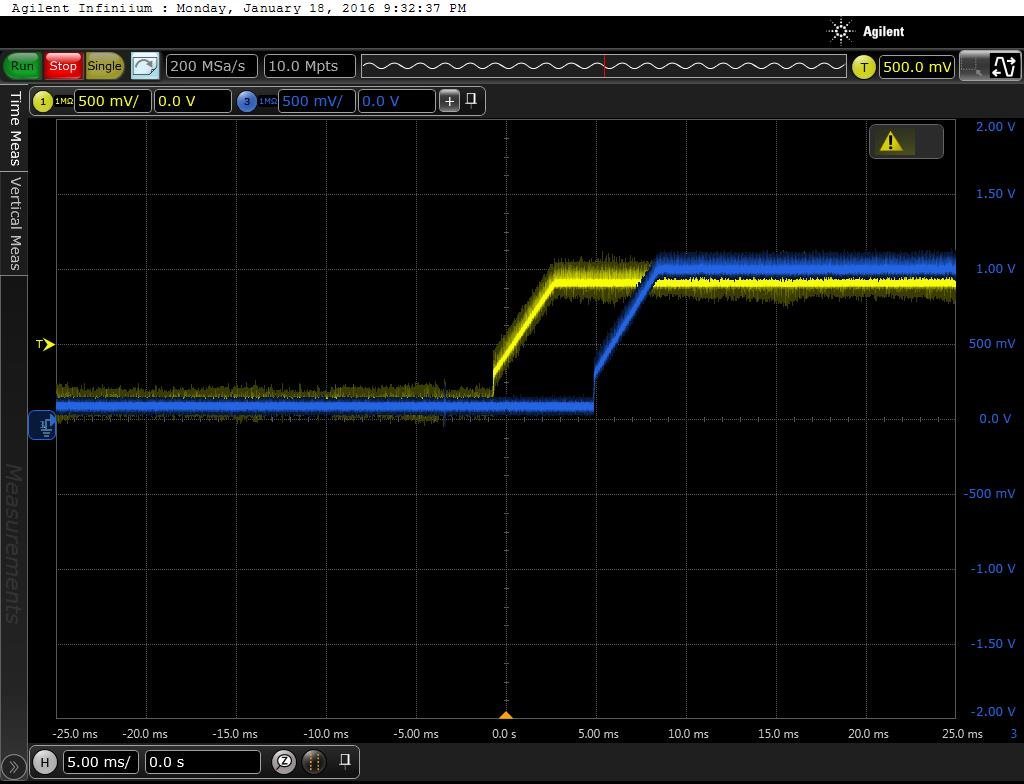Hi all,
On my custom board, before all the chips are soldered, the CVDD pin is not short to GND.
But after all the chips are soldered, the C6670's CVDD pins and CVDD1 pins are short to GND with resistor less than 1 Ohm under multimeter test.
And the 1.8V IO, 1.5V IO and 0.75V IO is not short to GND.
Does it mean the C6670 is damaged??
Can anyone offer me the normal resistor value between CVDD/CVDD1 of C6670 or C6678 and GND??
Thanks!!
Regards,
Feng




